- The Quantum State
- Posts
- The Quantum State – October 2025 Edition
The Quantum State – October 2025 Edition
A monthly newsletter by BTQ Technologies
Everyone in the quantum industry from a policy standpoint has been told some variation of the message that the White House wants to do for quantum what they did for AI in July.”
Quantum developments in September showed how fast the field is scaling up. PsiQuantum raised $1B to build million-qubit fault-tolerant systems, while Infleqtion announced a $1.8B SPAC listing to fund expansion in neutral-atom computing, sensing, and networking. On the science front, Caltech unveiled a 6,100-qubit neutral-atom array, the largest ever built, showing steady progress toward scalable architectures.
Policy momentum also accelerated: the Trump administration is preparing executive orders and a national action plan for quantum, aiming to pull the federal quantum-safe migration deadline forward to 2030.
The takeaway is that September showed convergence across policy, capital, and science. Governments are pushing security timelines earlier, investors are doubling down on full-stack and infrastructure plays, and labs are scaling systems past thresholds once thought decades away. For companies, the next phase is clear: prepare for quantum readiness now, or risk being overtaken as breakthroughs and capital move faster than expected.
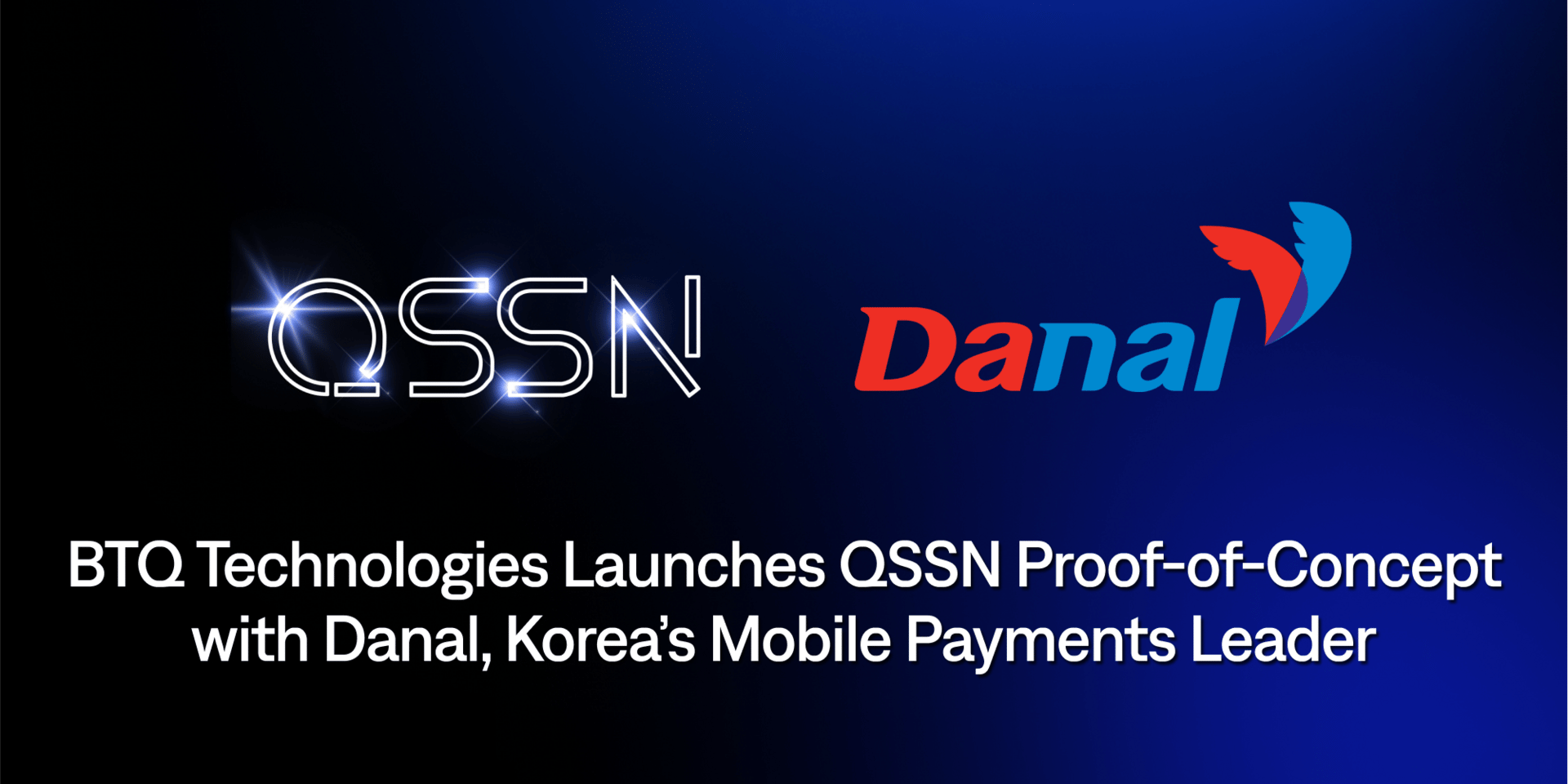
BTQ Technologies and Danal, Korea’s leading mobile payments provider, have launched the world’s first large-scale trial of a Quantum-Secure Stablecoin Settlement Network (QSSN). The Proof-of-Concept integrates BTQ’s post-quantum settlement layer with Danal’s infrastructure, which powers tens of millions of users and the Paycoin (PCI) ecosystem. QSSN introduces post-quantum cryptography, programmable issuer controls, and real-time compliance features, while preserving today’s consumer and merchant experience across e-commerce, gaming, digital content, and offline retail.
The initiative addresses “harvest-now, decrypt-later” risks and aligns with global standards efforts including QUINSA and the U.S. PQFIF, demonstrating that PQC can be deployed at national scale with carrier-grade performance. By combining Danal’s payments reach with BTQ’s quantum security architecture, the partnership sets a benchmark for regulator-friendly, quantum-secure settlement in the next era of digital money.
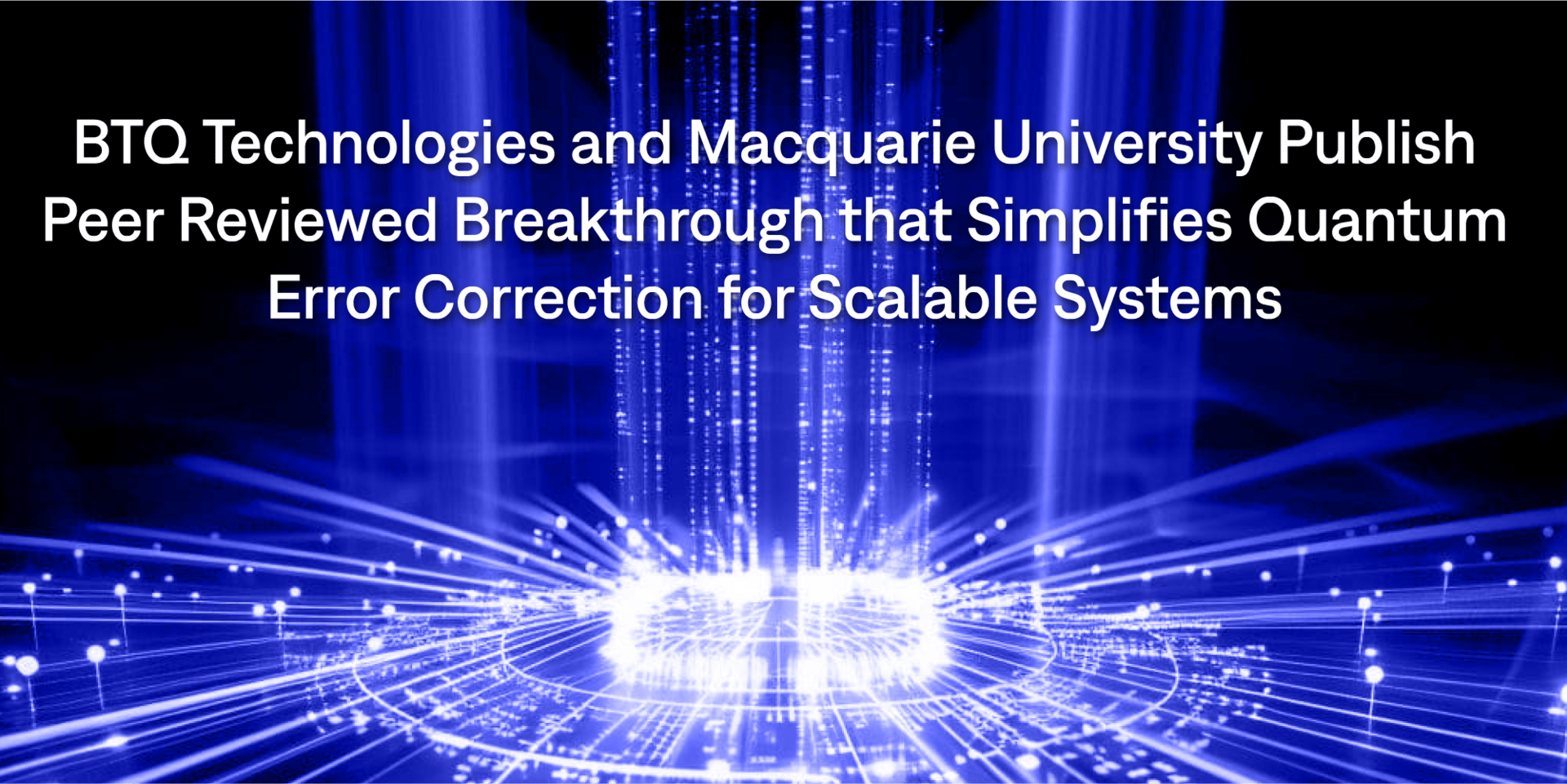
BTQ Technologies and Macquarie University have published a peer-reviewed breakthrough in Physical Review Research that simplifies quantum error correction for scalable systems. The study demonstrates a practical way to check errors in quantum low-density parity check (qLDPC) codes without moving qubits by linking them through a shared cavity. This constant-depth method allows many qubits to be verified at once, reducing control complexity and eliminating failure points such as qubit shuttling, while operating at performance levels already accessible to leading labs.
The results, presented at CERN by BTQ’s Chief Quantum Officer Dr. Gavin Brennen, align with neutral atom roadmaps and shorten the path from theory to hardware. By turning error correction from a difficult engineering challenge into a practical design choice, the approach strengthens BTQ’s push toward fault-tolerant prototypes for secure communications and advanced cryptography. The company plans to integrate these techniques into reference designs, hardware collaborations, and near-term demonstrations to accelerate the arrival of dependable quantum systems.
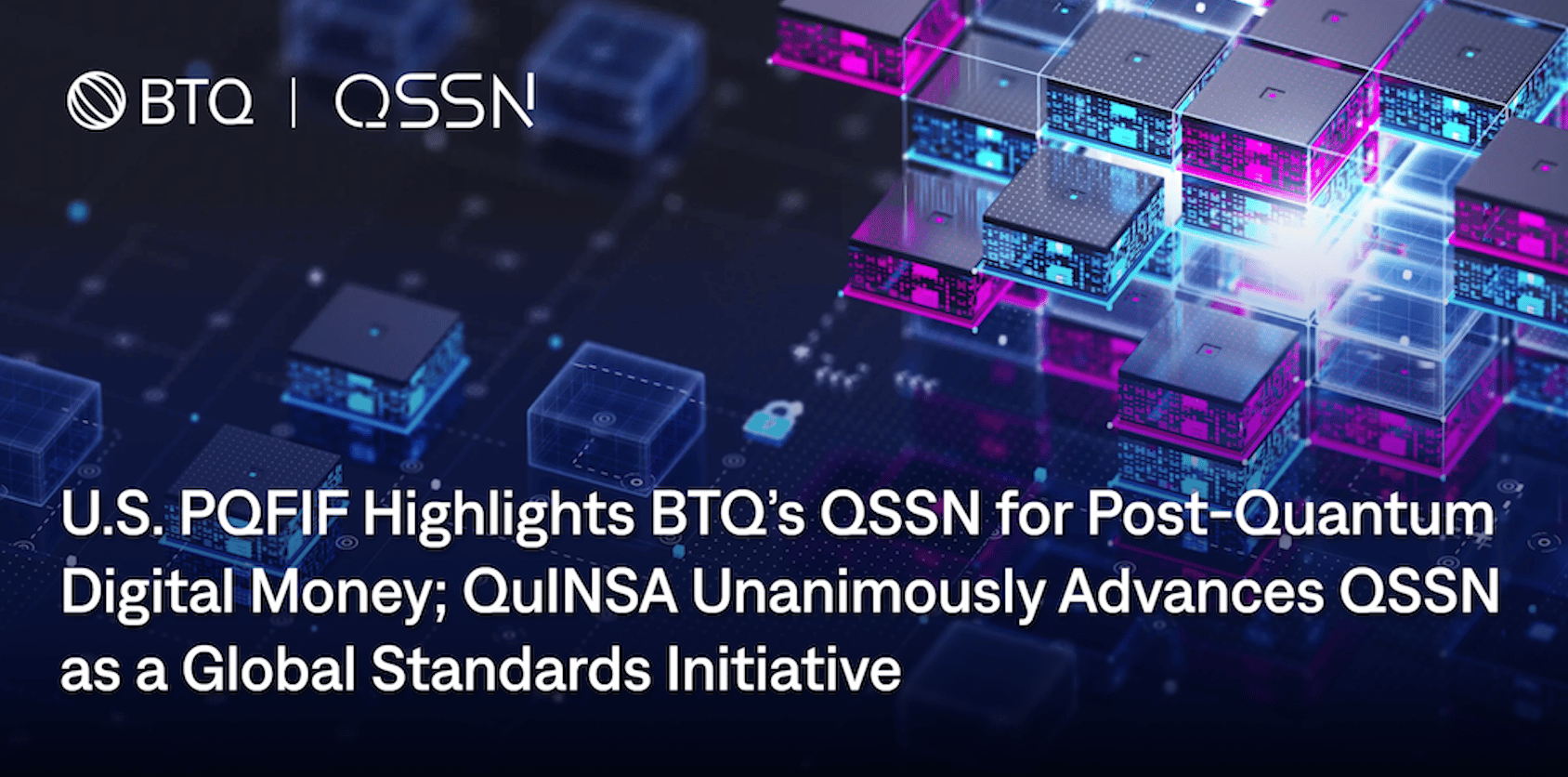
BTQ Technologies’ Quantum Secure Stablecoin Network (QSSN) has been highlighted by the U.S. Post-Quantum Financial Infrastructure Framework (PQFIF) as a model for quantum-secure tokenized deposits, while QuINSA has unanimously advanced QSSN as a global standards initiative. The dual recognition marks a shift from concept to implementation, aligning with NIST’s post-quantum cryptography roadmap and reinforcing BTQ’s role in shaping standards for secure digital money.
With pilots targeted for Q4 2025, QSSN introduces post-quantum signatures and privileged issuer controls—such as mint, burn, and velocity limits—without disrupting existing user workflows. Positioned against a $280B stablecoin market and $5.7T in on-chain volume, BTQ is moving to commercialize QSSN as a regulator-friendly settlement layer capable of scaling to institutional demand while setting the benchmark for global post-quantum financial infrastructure.
Quantum Infrastructure & Investment
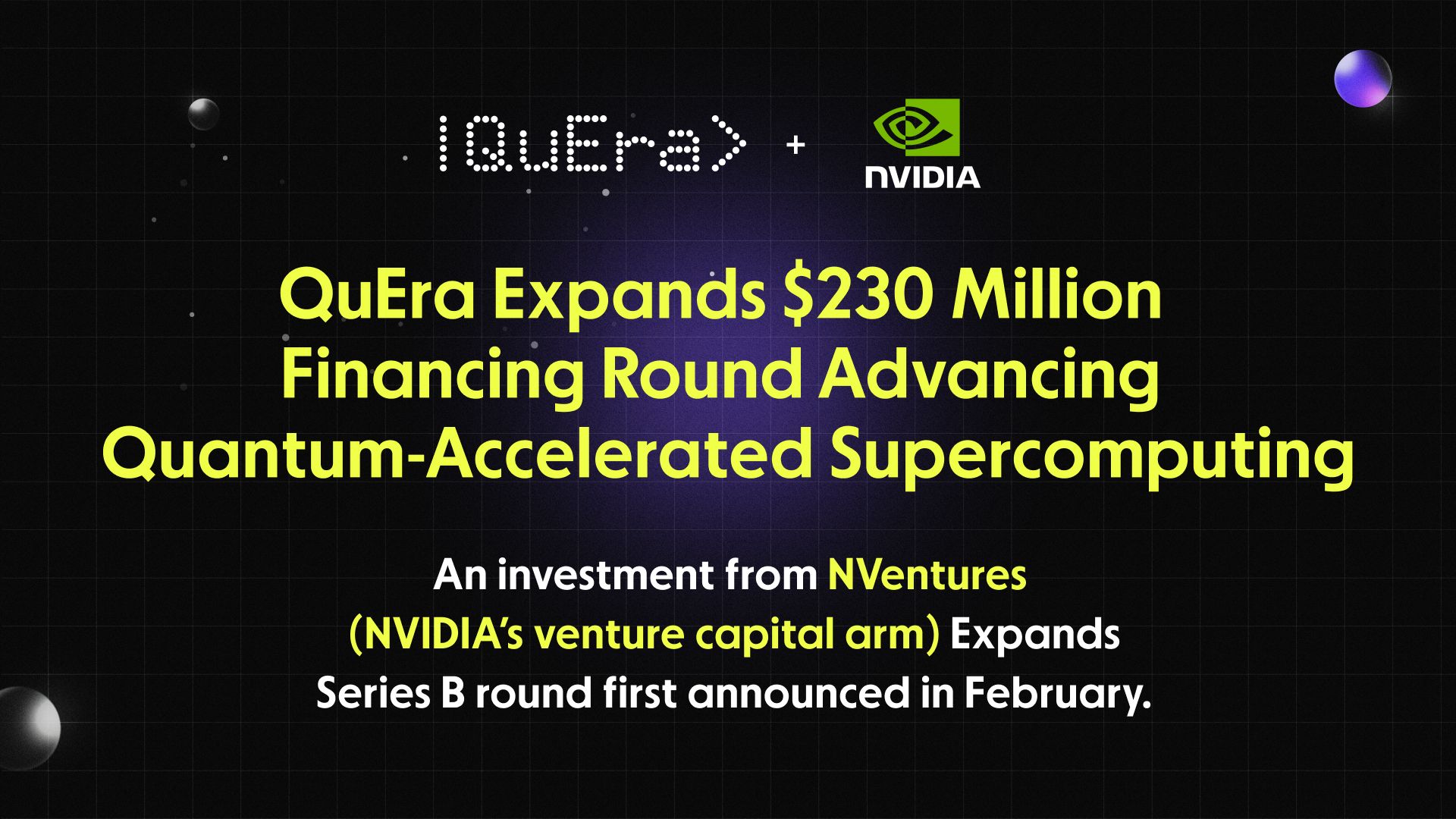 QuEra Raises Additional Funding to Expand Neutral-Atom PlatformQuEra announced a new investment from NVentures (NVIDIA’s venture arm) to expand its existing $230M Series B round, reinforcing its path toward scalable neutral-atom quantum systems. |  Honeywell Backs Quantinuum in $600M Capital Raise at $10B ValuationHoneywell announced a ~$600 million equity funding round for Quantinuum at a $10 billion pre-money valuation, aimed at accelerating quantum computing at scale. |
 Infleqtion to Go Public Through SPAC Deal, Valued at $1.8BInfleqtion announced it will merge with Churchill Capital Corp X to become a publicly listed company, with implied pre-money valuation of ~$1.8 billion. The deal is expected to bring in over $540M in gross proceeds, and will allow Infleqtion to scale its neutral-atom computing, sensing, and precision systems. |  PsiQuantum Raises $1 Billion to Build Million-Qubit, Fault-Tolerant Quantum ComputersThe photonic quantum computing leader announced a $1 billion Series E round, valuing the company at roughly $7 billion. The funding will be used to develop utility-scale fault-tolerant systems in Brisbane and Chicago, expand chip manufacturing, and further scale cooling, switching, and networking capabilities. |
Quantum in Industry
QuantWare Delivers 64-Qubit Tenor to Power Italy’s Largest Quantum Computer
QuantWare has delivered its 64-qubit Tenor QPU to the University of Naples Federico II, marking the deployment of Italy’s largest quantum computer. The system is built under the Quantum Open Architecture (QOA) model, which allows institutions to integrate commercially available processors instead of relying on closed-stack vendors or bespoke in-house development.
The Naples installation demonstrates how the QOA model lowers barriers for universities and research labs, accelerating timelines and enabling focus on system integration and applications rather than reinventing qubit hardware. By leveraging QuantWare’s modular approach, the University of Naples quickly stood up a machine that rivals many closed-stack systems in scale.
The project reflects a broader trend: open architecture is reshaping adoption curves in Europe, with modular components — from cryogenics to control software — enabling faster innovation across the stack. QuantWare’s rollout to early-access partners signals the emergence of a more democratized quantum ecosystem, where institutions can deploy competitive machines without billion-dollar budgets.
Quantum Computing Breakthroughs
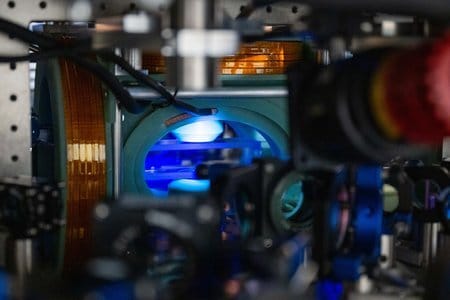 Caltech Sets Record with 6,100-Qubit Neutral-Atom ArrayA team at Caltech has assembled the largest qubit array to date: 6,100 cesium atoms trapped in optical tweezers, arranged in a highly coherent grid. Despite the large scale, coherence times held at ~13 seconds, and single-qubit control fidelity reached ~99.98%. | 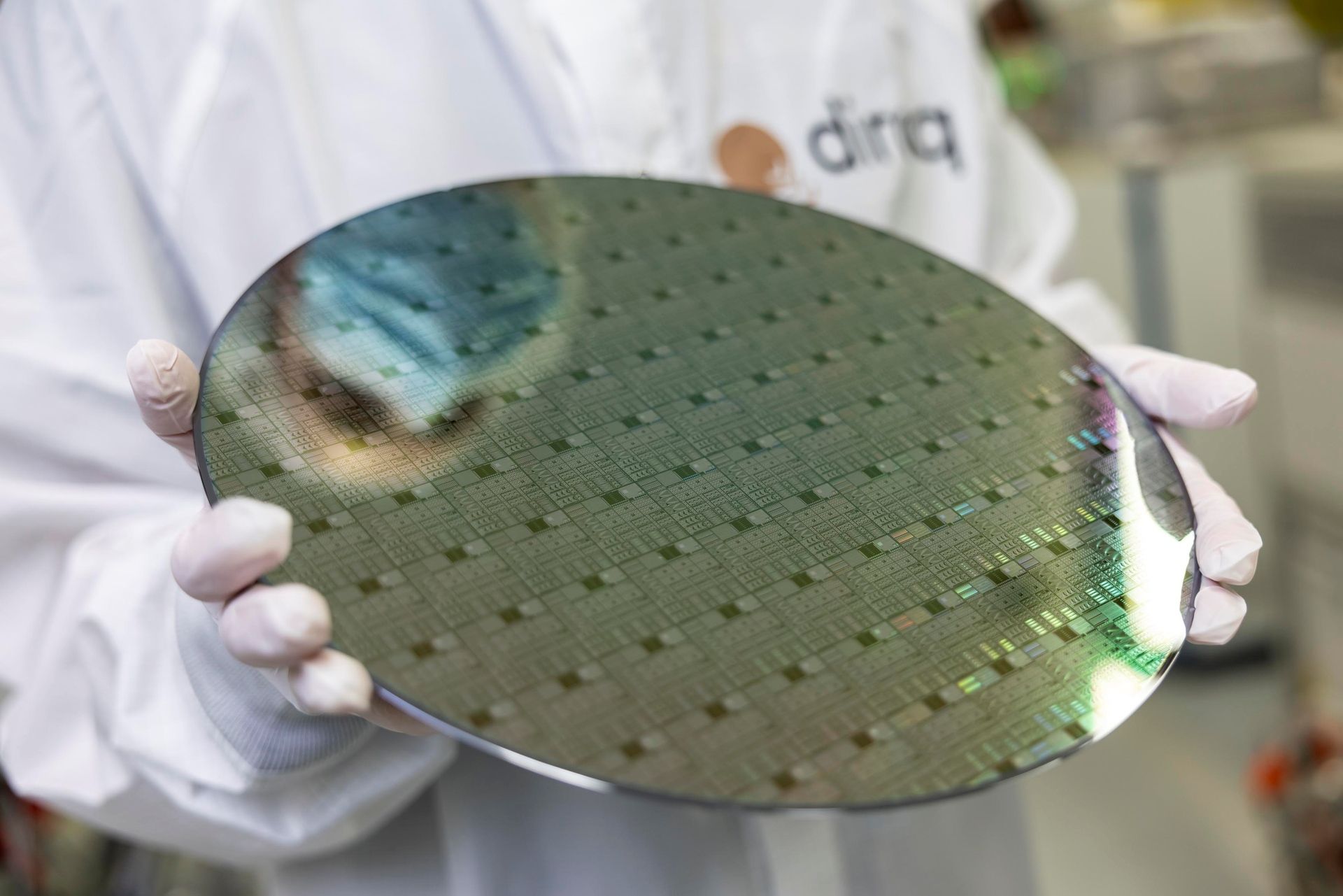 Imec & Diraq Demonstrate Industrial Silicon Qubits at Error-Correction FidelityImec and Diraq reported in Nature that silicon quantum-dot qubits fabricated via Imec’s 300 mm process achieve >99% gate fidelities (and >99.9% state prep/readout) reproducibly across multiple devices. |
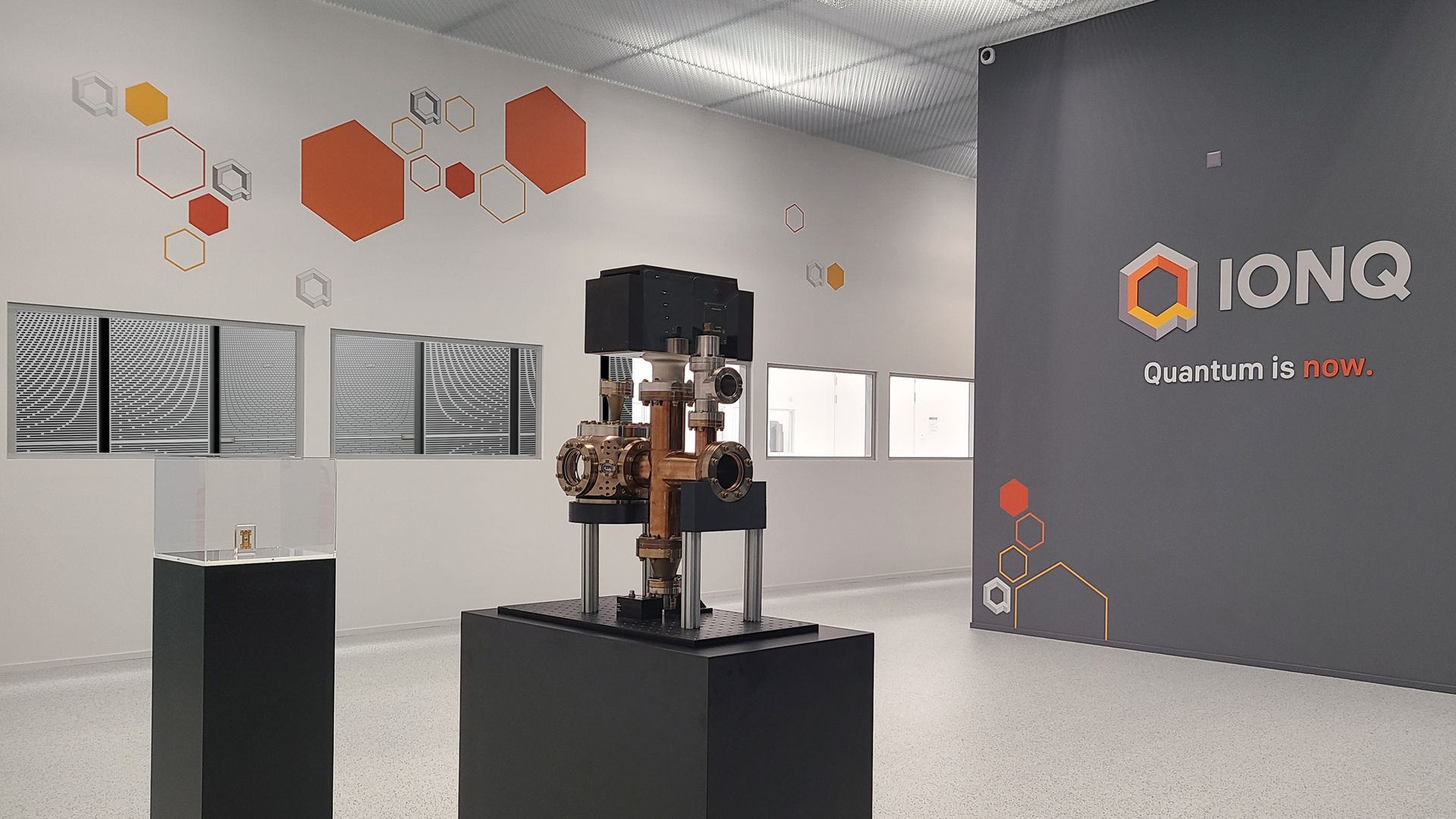 IonQ Demonstrates Telecom-Wavelength Quantum Frequency ConversionIonQ successfully converted photonic signals interfacing with trapped-ion qubits into telecom wavelengths, enabling a path toward long-distance quantum networking over fiber. | 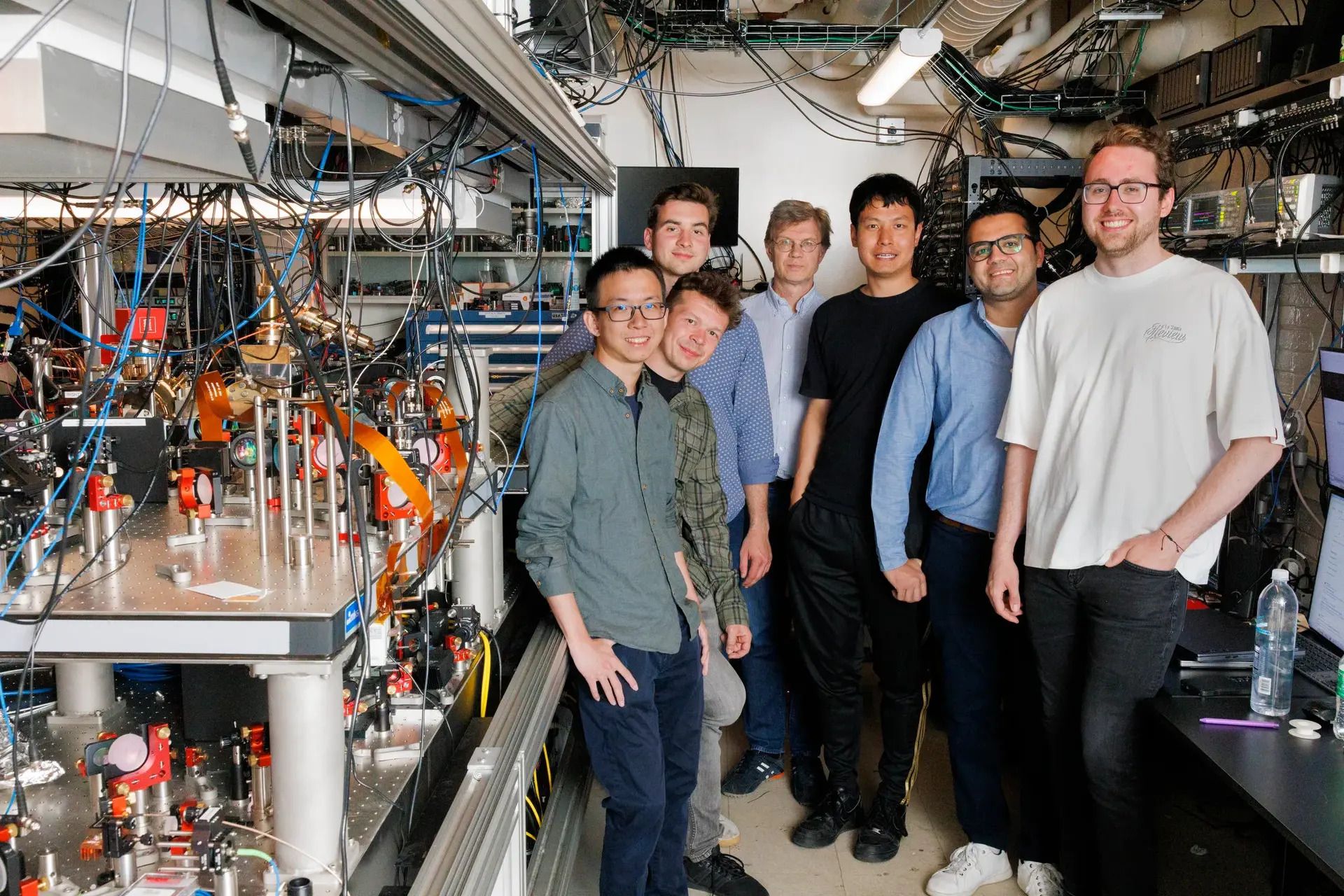 Harvard–MIT Team Demonstrates Continuous Operation of a 3,000-Qubit SystemFirst neutral-atom machine to run continuously for 2+ hours with on-the-fly atom reloading; trades peak size for real operating time — arguably more “computer-like” than record shots. |
IQM Expands Access to Superconducting Systems in Taiwan
IQM Quantum Computers signed a reseller agreement with Taiwan’s Scientek Corporation, extending its reach into East Asia. The agreement will promote IQM’s on-premises superconducting systems to Taiwanese universities, research centers, and enterprise customers.
IQM’s approach emphasizes locally deployable quantum hardware that integrates directly with existing HPC environments. This deal represents a push to position Taiwan as a regional hub for hands-on quantum R&D, complementing its global role in semiconductors.
By pairing superconducting expertise with regional distribution, IQM and Scientek aim to accelerate application-focused pilots in materials science and chip design, domains where Taiwan already holds industrial leadership.
Quantum Security & Blockchain
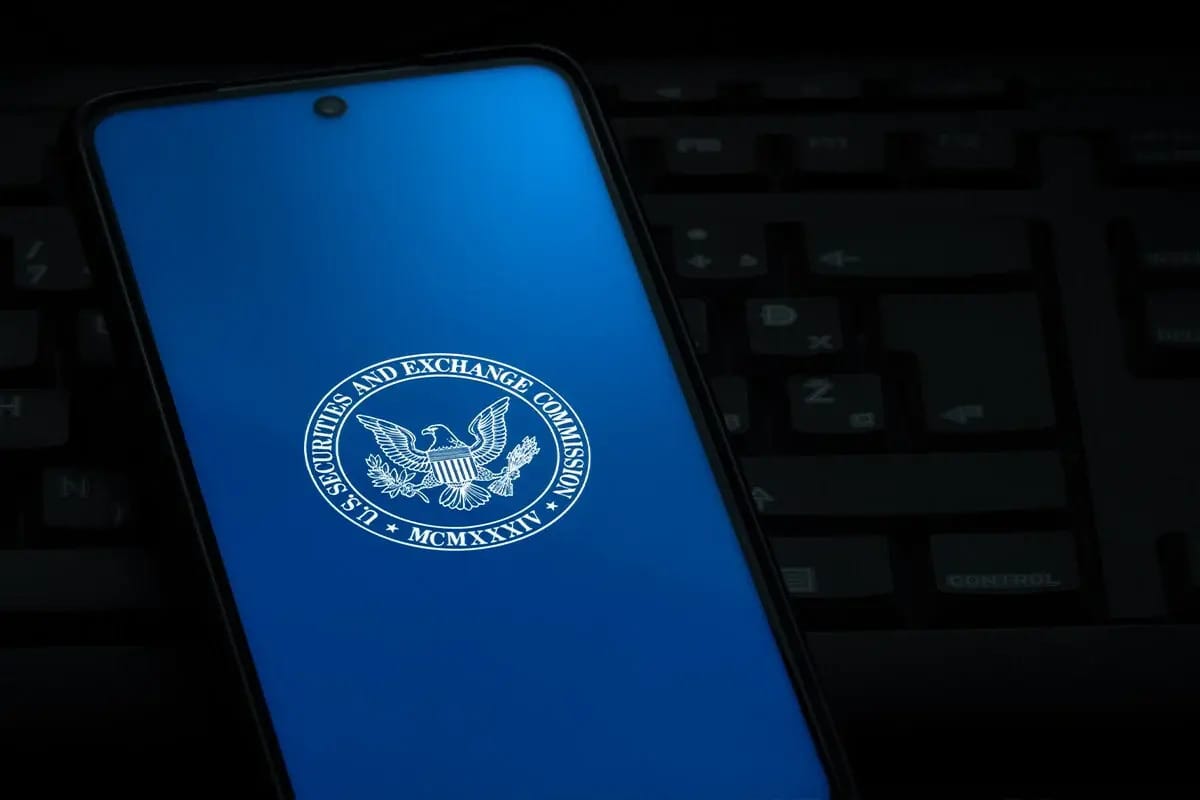 SEC Reviews Crypto Quantum-Safety ProposalThe SEC is evaluating a 74-page roadmap designed to “quantum-proof” Bitcoin, Ethereum, and institutional digital asset infrastructure. The proposal recommends hybrid cryptosystems during the transition and imposes benchmarks for exchanges and custodians to meet. | 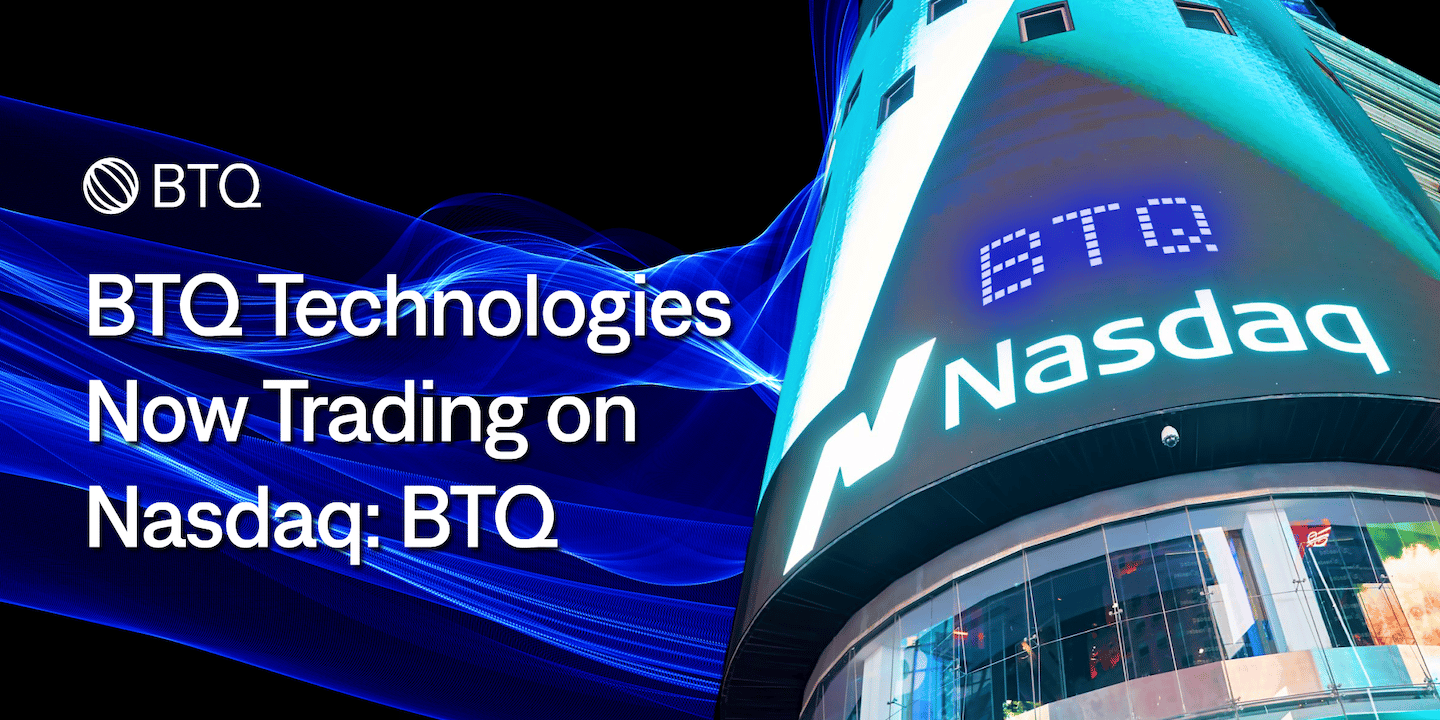 BTQ Technologies Begins Trading on NasdaqBTQ Technologies, focused on quantum-safe infrastructure and blockchain security, began trading on Nasdaq in September. The listing positions BTQ as one of the first publicly traded companies in the quantum security space, giving institutional investors direct exposure to post-quantum cryptography, custody, and consensus systems. |
 Solana Founder Warns of 50/50 Chance Quantum Attacks Within 5 Years on BitcoinAt All-In Summit 2025, Solana co-founder Anatoly Yakovenko asserted there’s a roughly “50/50” chance that quantum computers could break Bitcoin’s current key schemes within five years, urging the ecosystem to accelerate cryptographic upgrades. | 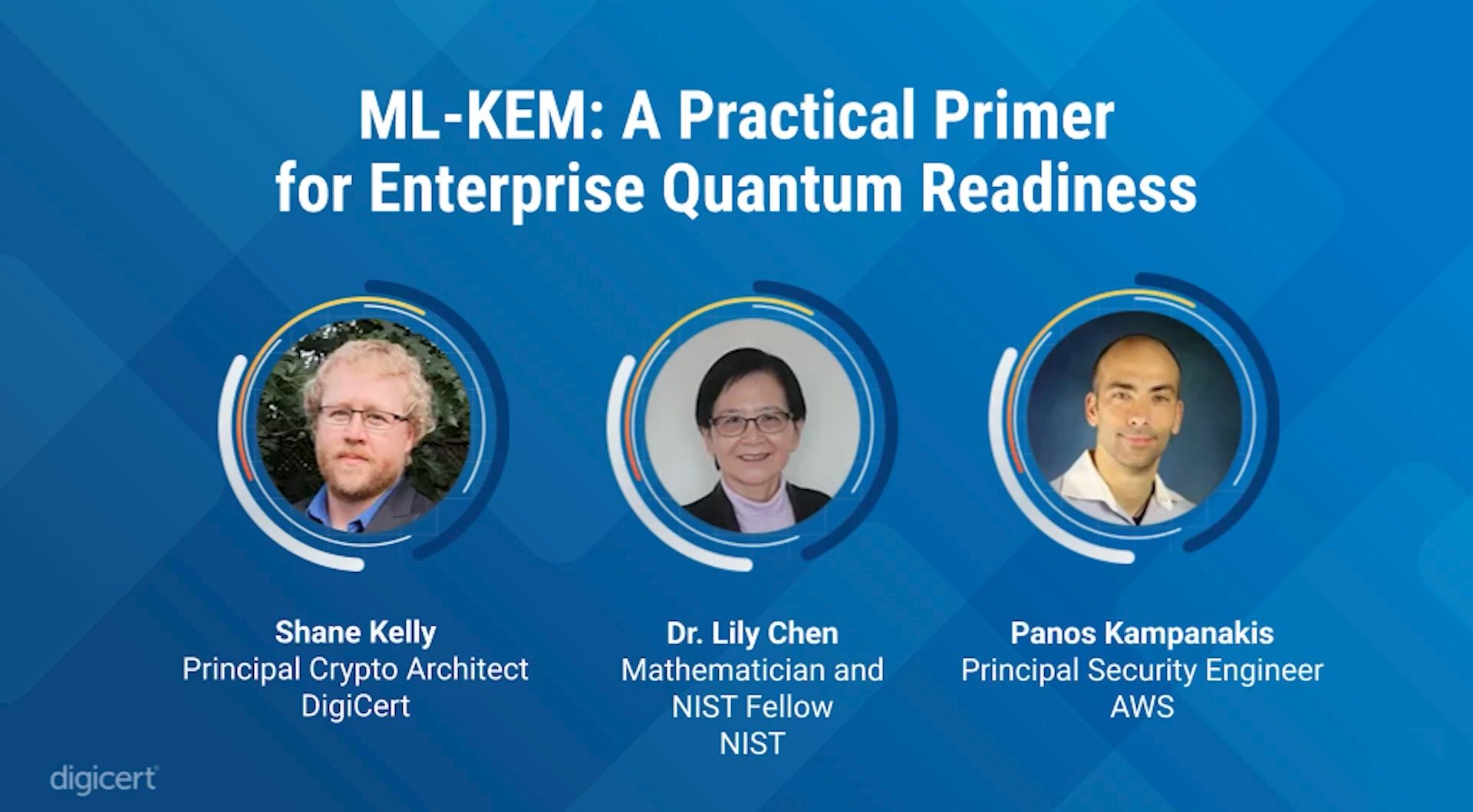 New ML-KEM Standard Enters Cryptography ConversationsThe Module-Lattice Based Key Encapsulation Mechanism (ML-KEM) is being spotlighted as a next-gen cryptographic primitive designed to resist quantum attacks. It’s one of the building blocks in NIST’s post-quantum cryptography standardization effort. |
📊Market Insights
Federal Reserve Warns of “Harvest-Now, Decrypt-Later” RiskThe U.S. Federal Reserve released a September analysis highlighting the immediate threat of harvest-now, decrypt-later attacks. Adversaries can capture encrypted traffic today and decrypt it once large-scale quantum computers arrive, exposing years of financial and personal data. For blockchain networks, immutability means that retroactive fixes are impossible, making early migration to PQC critical. The report underscores that quantum risk is already actionable: regulators and enterprises must treat PQC not as a future upgrade, but as a present-day compliance and security requirement. | McKinsey Signals a $100B+ Quantum OpportunityIn its latest Quantum Monitor, McKinsey frames 2025 as a tipping point where lab prototypes are moving into industrial pilots. The firm projects $100B+ in cumulative impact over the next decade, driven by early adoption in finance, logistics, and life sciences. IBM Claims ~47% of Disclosed Deal Value, IQM Leads in Volume |
📬 Stay Connected
September showed how fast the field is converging: governments pulling post-quantum deadlines earlier, investors placing billion-dollar bets on full-stack platforms, and labs demonstrating systems at scales once considered out of reach.
At the same time, security is shifting from theory to live pilots. BTQ’s Quantum-Secure Stablecoin Network with Danal brings PQC into production payments, while the Federal Reserve’s “Harvest-Now, Decrypt-Later” warning makes clear that today’s encrypted data is tomorrow’s exposure.
The signal is unambiguous: quantum is no longer a future risk or distant opportunity.
It’s a present-day policy priority, an investment race, and a security imperative.
Companies that treat it as a five-year horizon may find themselves already behind.
Contact us at [email protected]
Follow BTQ for real-time updates and research